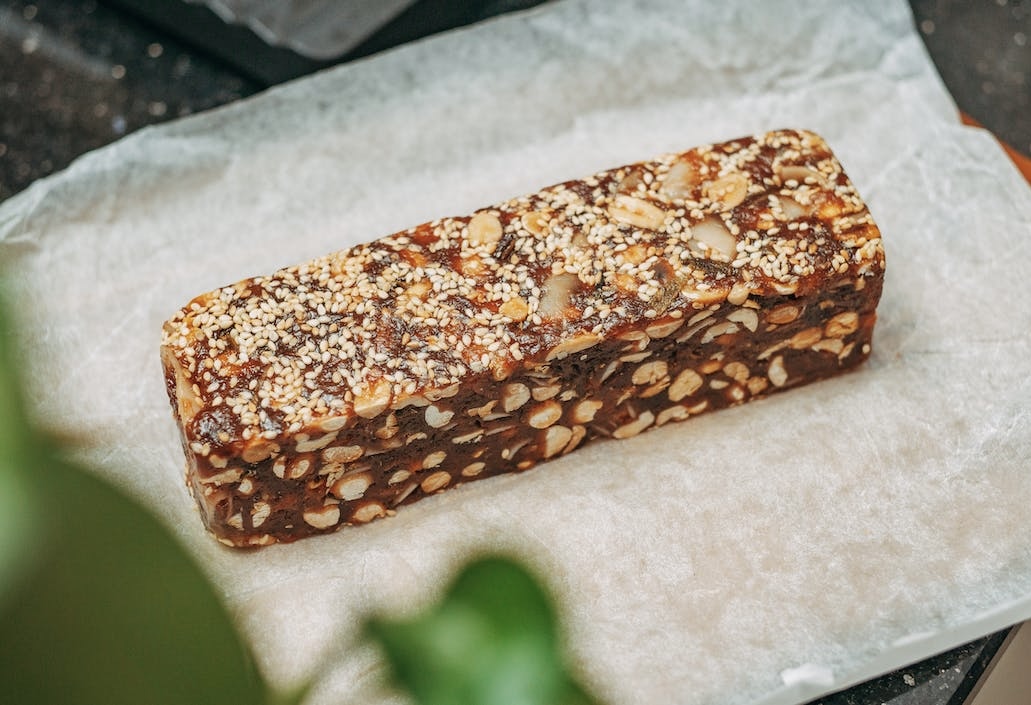How Do Acoustic Louvers Solve Noise Problems?
Learn how acoustic louvers reduce noise in industrial and commercial settings. Explore their benefits, types, and applications in this detailed guide

In today’s world, managing noise levels in industrial, commercial, and residential spaces is critical for comfort, productivity, and compliance with environmental regulations. Acoustic louvers have emerged as an effective solution to this problem. But what makes them so efficient, and how do they work? Let’s dive into the details.
What Are Acoustic Louvers?
Acoustic louvers noise reduction are specially designed structures that reduce noise while allowing air to pass through. They are typically installed in buildings, factories, and other facilities where ventilation is essential, but noise control is a priority. These louvers are made from materials with sound-absorbing properties and are structured to dissipate noise energy effectively.
Why Are They Important?
Excessive noise can lead to health issues like stress, hearing loss, and decreased productivity. Acoustic louvers help mitigate these problems by controlling noise transmission without compromising airflow. This makes them ideal for industrial plants, HVAC systems, and even urban environments.
Benefits of Acoustic Louvers
1. Effective Noise Control
Acoustic louvers are designed to block or absorb sound waves, significantly reducing noise levels in and around a facility. This is especially important in areas with strict noise regulations.
2. Improved Airflow
Unlike solid barriers, acoustic louvers maintain proper ventilation while reducing noise. This dual functionality is critical for HVAC systems and industrial applications.
3. Durability and Low Maintenance
Most acoustic louvers are made from robust materials like galvanized steel or aluminum, ensuring long-term performance with minimal upkeep.
4. Customizable Designs
Acoustic louvers come in various shapes, sizes, and finishes, making them suitable for diverse applications and aesthetic requirements.
5. Energy Efficiency
By integrating noise control and ventilation, acoustic louvers reduce the need for additional noise-dampening equipment, leading to energy savings.
How Do Acoustic Louvers Work?
Acoustic louvers function by disrupting and absorbing sound waves as they pass through their structure. Here’s a breakdown of their working mechanism:
-
Sound Absorption: The materials inside the louvers absorb noise energy, converting it into negligible heat.
-
Sound Deflection: The louvers’ angled blades deflect sound waves, reducing their intensity.
-
Airflow Management: Their open structure allows air to flow freely, maintaining ventilation efficiency.
Infographic Section: Anatomy of an Acoustic Louver
-
Outer Casing: Typically made from steel or aluminum.
-
Internal Absorptive Material: Layers of sound-absorbing material.
-
Angled Blades: Designed to optimize sound deflection and airflow.
Also Read:-https://seattledailynewsanalysis.com/how-do-acoustic-louvers-reduce-noise-the-science-behind-silence
Applications of Acoustic Louvers
1. Industrial Facilities
Factories and plants often generate high noise levels. Acoustic louvers installed in ventilation systems help comply with noise regulations.
2. Commercial Buildings
In office buildings, acoustic louvers are used to maintain a peaceful work environment while ensuring proper air circulation.
3. HVAC Systems
Acoustic louvers reduce noise from HVAC units, making them suitable for hospitals, schools, and residential complexes.
4. Urban Areas
In crowded cities, acoustic louvers help minimize noise from generators, cooling towers, and other equipment.
5. Power Plants and Energy Facilities
These sites use acoustic louvers to manage noise pollution without compromising safety and ventilation.
Types of Acoustic Louvers
1. Standard Acoustic Louvers
These louvers offer basic noise reduction and are suitable for less demanding environments.
2. High-Performance Acoustic Louvers
Designed for areas with stringent noise control requirements, these louvers provide enhanced sound attenuation.
3. Weather-Resistant Acoustic Louvers
Ideal for outdoor applications, these louvers withstand harsh weather while maintaining performance.
Comparison of Acoustic Louvers
| Type | Noise Reduction (dB) | Weather Resistance | Best For |
|---|---|---|---|
| Standard Acoustic Louvers | 15-25 | Moderate | Indoor applications |
| High-Performance Louvers | 25-35 | High | Industrial facilities |
| Weather-Resistant Louvers | 20-30 | Very High | Outdoor HVAC systems |
Factors to Consider When Choosing Acoustic Louvers
1. Noise Reduction Requirements
Evaluate the level of noise reduction needed for your specific application. Higher performance louvers may be necessary for industrial environments.
2. Airflow Needs
Ensure the louvers can handle the required airflow without compromising performance.
3. Environmental Conditions
For outdoor applications, weather-resistant acoustic louvers are essential to withstand harsh conditions.
4. Material and Finish
Choose materials that align with the environmental conditions and aesthetic preferences.
5. Cost and Maintenance
Consider the initial cost, installation, and long-term maintenance requirements when selecting a louver.
Installation and Maintenance
Proper installation and maintenance are crucial for the effectiveness and longevity of acoustic louvers. Here’s what you need to know:
Installation Tips
-
Correct Placement: Ensure the louvers are positioned to maximize noise attenuation and airflow.
-
Sealing Gaps: Any gaps around the louvers can compromise their effectiveness.
-
Professional Assistance: Hire experienced professionals for precise installation.
Maintenance Guidelines
-
Regular Cleaning: Dust and debris can obstruct airflow and reduce efficiency.
-
Inspection for Damage: Periodically check for wear and tear, especially in harsh environments.
-
Material-Specific Care: Follow maintenance guidelines based on the materials used.
Maintenance Checklist
| Task | Frequency | Notes |
| Cleaning | Monthly | Use a soft brush or cloth |
| Inspecting for Damage | Quarterly | Look for rust or loose parts |
| Repainting (if needed) | Annually | Use weather-resistant paint |
Conclusion
Acoustic louvers are an indispensable solution for managing noise in environments where ventilation is critical. By understanding their functionality, benefits, and applications, you can make informed decisions to create a more comfortable and compliant space. Whether for an industrial plant or a commercial building, the right acoustic louvers can significantly improve the quality of life and work. Make the right choice today and experience the difference.
Infographic Section: Quick Tips for Choosing Acoustic Louvers
-
Understand Noise Levels: Measure ambient noise to determine attenuation needs.
-
Check Compatibility: Ensure compatibility with existing ventilation systems.
-
Seek Expert Advice: Consult manufacturers or specialists for tailored solutions.
Acoustic louvers are more than just noise reduction tools—they are investments in health, comfort, and compliance. Choose wisely!
For More Insightful Articles Related To This Topic, Feel Free To Visit: houstonnewsbuzz.
What's Your Reaction?























